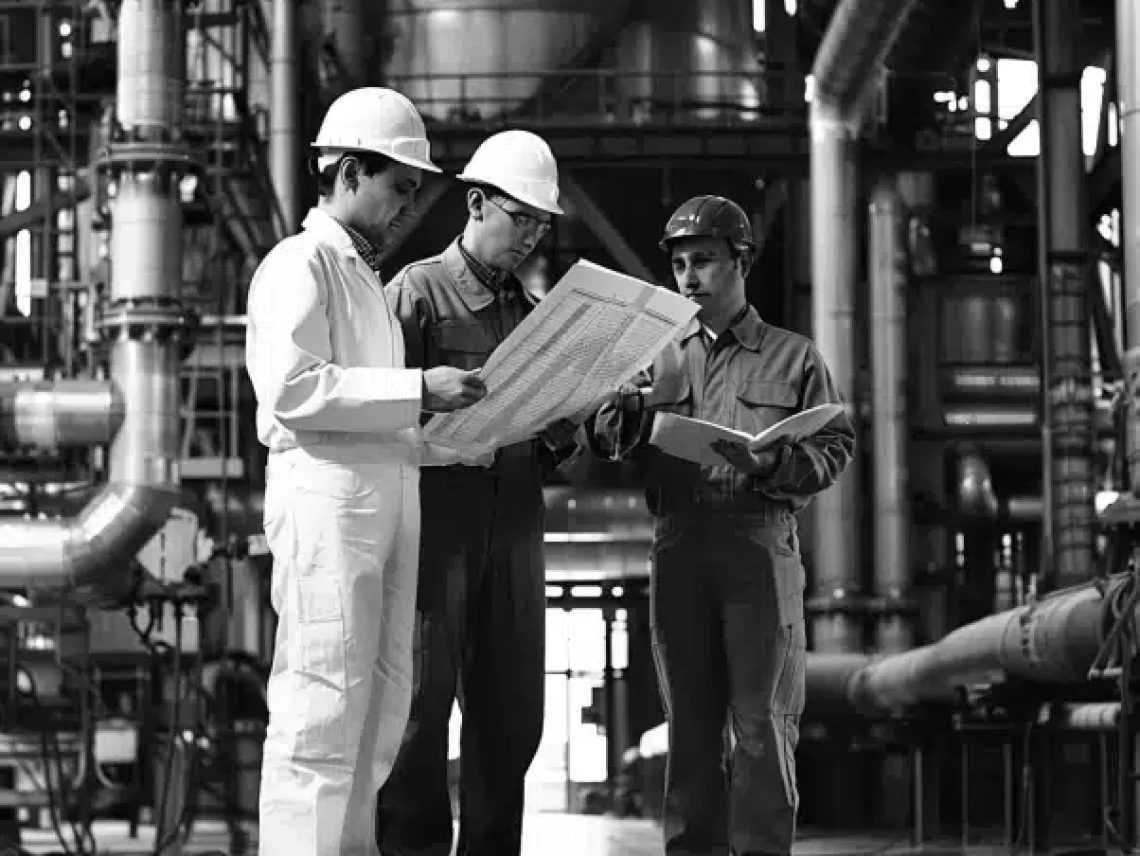Understanding What Qualifies as a Pressure Vessel

Table of Contents
ToggleWhat Qualifies as a Pressure Vessel?
Pressure vessels are enclosed containers specifically engineered to hold fluids or gases under pressures significantly higher than the surrounding environment. These vessels are carefully designed to withstand internal pressures while preventing leaks or ruptures. As a result, they ensure the safe containment of hazardous materials, making them essential in various industries.
Importance and Applications
The significance of pressure vessels extends across multiple industries, including oil and gas, electricity generation, and chemical processing. More importantly, they are utilized in a wide range of applications, from storing compressed air to containing volatile chemicals. Because of their versatility, they play a critical role in business operations, ensuring efficiency and safety.
Common Types of Pressure Vessels
Pressure vessels come in a variety of shapes and sizes, each tailored to meet specific requirements. For instance, common types include cylindrical tanks, round vessels, and complex reactor vessels. Each type is uniquely designed with distinct characteristics to fulfill the demands of its intended use, ensuring optimal performance and reliability.
Characteristics and Components
Key Characteristics of Pressure Vessels
Several key characteristics define pressure vessels, making them suitable for high-pressure applications. First, they are designed to withstand extreme pressures, ensuring structural integrity. Additionally, they offer high resistance to corrosion, which enhances their longevity. Furthermore, proper material selection and strict compliance with regulatory standards contribute to their overall durability. Together, these features ensure that pressure vessels perform efficiently while maintaining safety.
Regulations and Standards
Overview of Regulatory Bodies
Various regulatory bodies oversee the design, fabrication, inspection, and maintenance of pressure vessels to ensure safety and compliance. Notably, the American Society of Mechanical Engineers (ASME) and the Occupational Safety and Health Administration (OSHA) establish strict codes and standards that manufacturers must follow. Consequently, adherence to these regulations is essential, as it helps mitigate risks, enhances safety, and ensures full compliance with industry requirements.
Compliance Requirements
Pressure vessel manufacturers must adhere to strict compliance requirements established by regulatory authorities. Specifically, these regulations cover various aspects, including layout specifications, material selection, and fabrication techniques. Moreover, they involve precise manipulation measures and thorough documentation strategies. As a result, these requirements ensure the safe and reliable operation of pressure vessels, minimizing potential risks and enhancing industry standards.
Safety Standards and Codes
Safety standards and codes play a crucial role in defining best practices for the design, setup, operation, and protection of pressure vessels. More importantly, these guidelines are established to reduce the risk of injuries, accidents, and environmental hazards. In addition, these standards address multiple critical factors, such as pressure ratings, temperature limits, material properties, and testing protocols. Ultimately, compliance with these regulations upholds protection and reliability requirements, ensuring safe and efficient vessel performance.
Need a reliable partner?
FAQ’s
What are the one-of-a-kind sorts of pressure vessels?
Pressure vessels come in various types, each designed for specific applications. Common types include cylindrical tanks, round vessels, and complex reactor vessels. Cylindrical tanks are the most commonly used for storing beverages or gases at high pressure. Spherical vessels, on the other hand, offer superior energy efficiency and work best for high-pressure applications like liquefied gas storage. Reactor vessels are designed for chemical processing and feature intricate internal components for specialized reactions.
How are pressure vessels constructed?
Manufacturers construct pressure vessels using materials such as carbon steel, stainless steel, aluminum, or composite materials, depending on the application. The production process includes fabrication techniques like welding, forging, and molding to form the vessel’s shell, heads, and other components. To ensure compliance with industry standards and regulations, quality control measures are applied throughout construction.
What protection measures need to be taken when operating pressure vessels?
Safe pressure vessel operation requires adherence to strict protection protocols and procedures. Key safety measures include routine inspections and maintenance to identify potential defects or issues. Proper setup and operation must align with manufacturer guidelines, while pressure relief mechanisms help prevent overpressure conditions. Additionally, personnel should receive adequate training to ensure safe operation and maintenance.
How frequently must pressure vessels be inspected?
The frequency of inspections depends on several factors, including regulatory requirements, operating conditions, and the vessel’s design and material. In general, certified professionals conduct routine inspections to detect wear, corrosion, or defects that could compromise integrity. Typically, inspections occur annually or biennially, while vessels operating under harsh conditions or containing hazardous substances may require more frequent evaluations.
What are the environmental and sustainability considerations associated with pressure vessels?
Pressure vessel operations may have environmental implications, mainly regarding power performance, emissions, and waste management. To decrease environmental impact, manufacturers may additionally incorporate sustainable practices such as power-efficient layout capabilities, recycling or repurposing of materials, and adherence to environmental policies. Additionally, improvements in pressure vessel technology, consisting of the usage of renewable strength resources or alternative substances, contribute to decreasing the environmental footprint of pressure vessel operations.
Solutions
In the realm of industrial solutions, Red River emerges as a pioneer, offering a diverse range of custom-engineered products and facilities. Among our specialties is the design and production of Custom/OEM Pressure Vessels, meticulously crafted to meet individual client requirements, ensuring performance under various pressure conditions. Our expertise extends to the domain of prefabrication, where Red River leads with distinction.
The company excels in creating prefabricated facilities, modules, and packages, reinforcing its stance as a forerunner in innovation and quality. This proficiency is further mirrored in their Modular Skids offering, where they provide an array of Modular Fabricated Skid Packages and Packaged equipment. Each piece is tailored to client specifications, underlining their commitment to delivering precision and excellence in every project they undertake.
